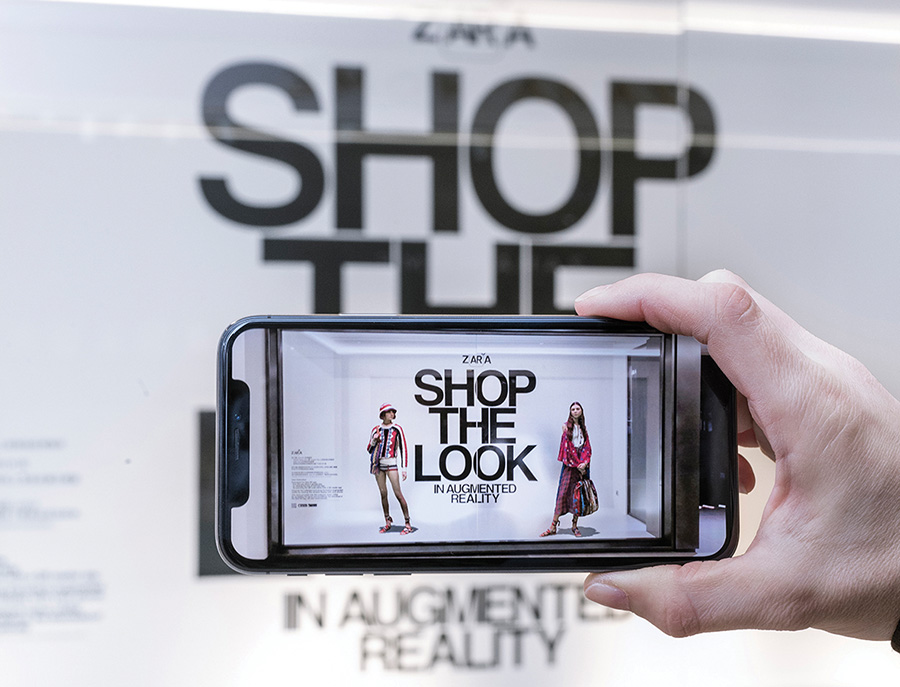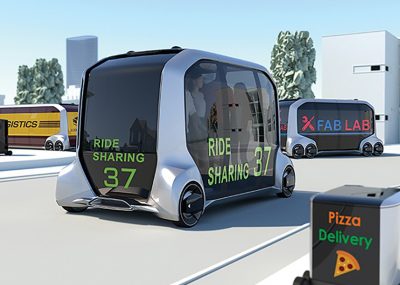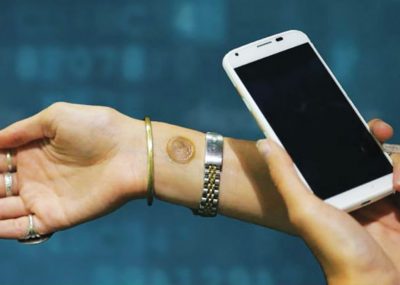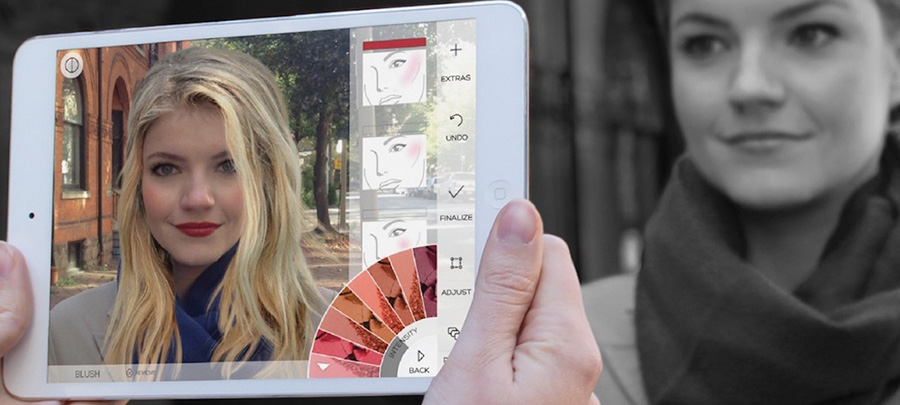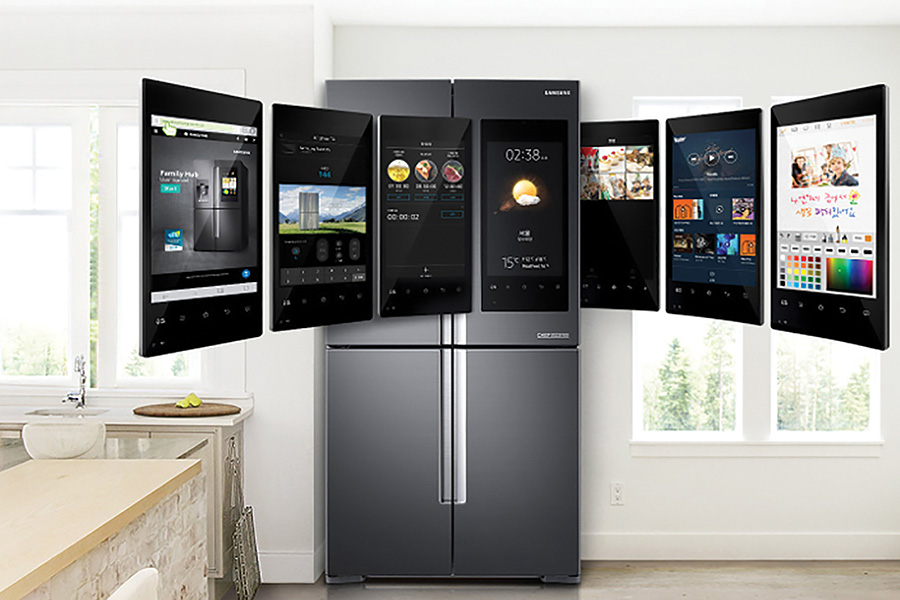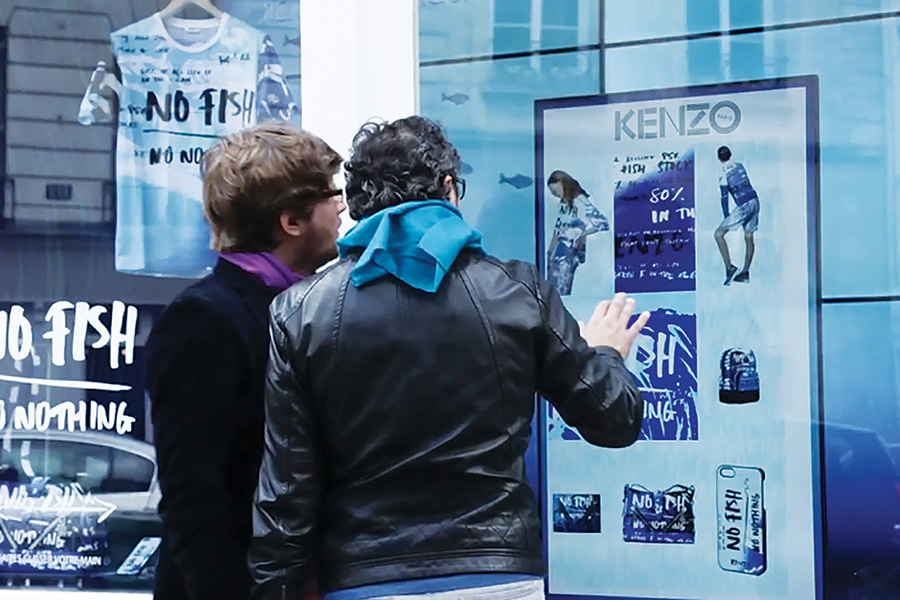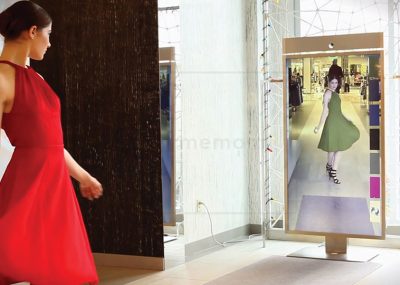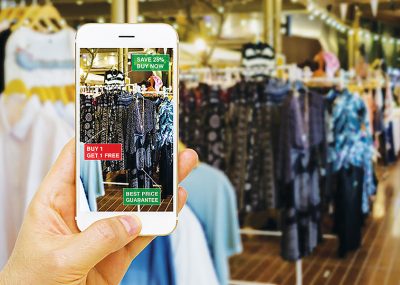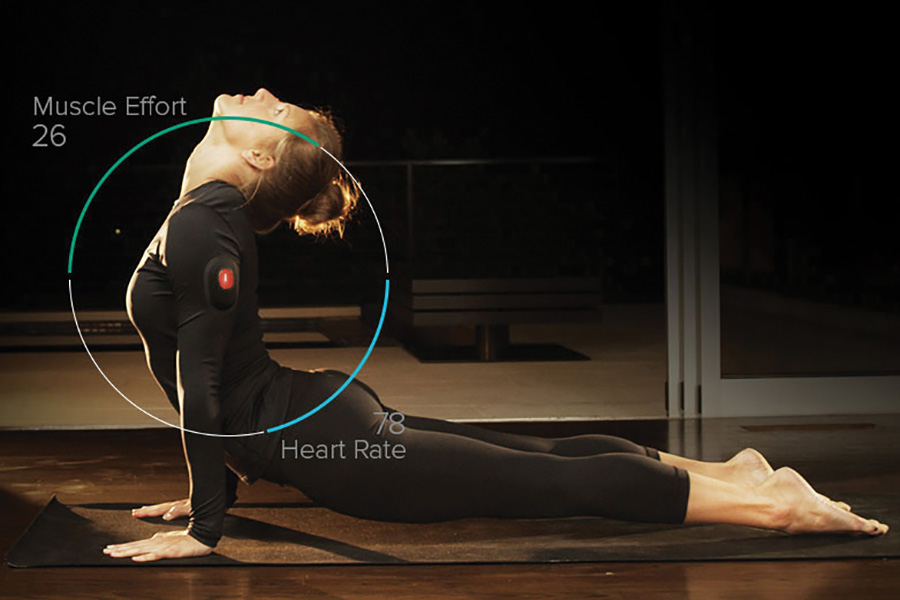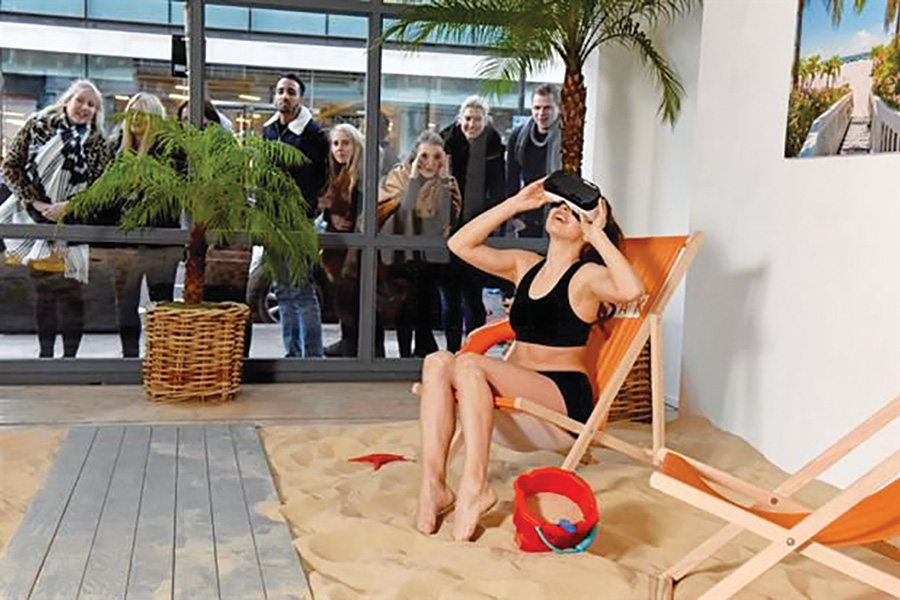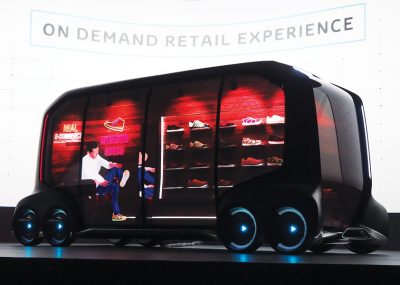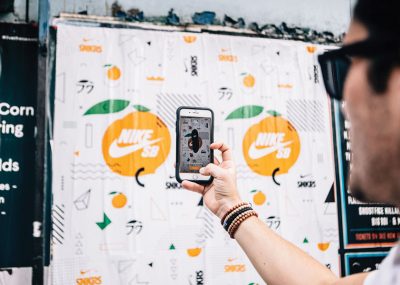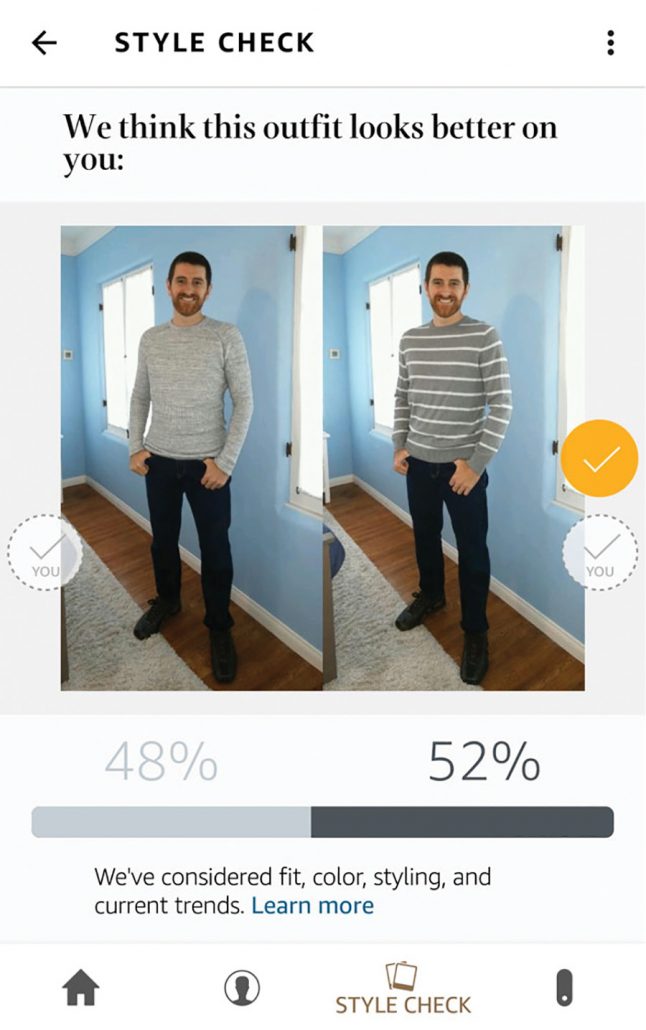We ponder deeply about the future of retail – what will a shop be like, will it contain stock or just imagery, holograms, samples? How will the internet and online shopping connect with bricks-and-mortar? But as we’ve always done, we’ll be ‘market driven’. Which leads us to ask – what will the market be like? How will individuals function? Susanne Pini takes us on a journey into the future…
• She doesn’t know how to drive, but she drives all the time.
• She’s never been to the doctor’s office, but she visits her doctor every week.
• She never logs on, but she’s always online.
• She’s always shopping, but never in line.
• She’s never once been ‘lost’.
• Her T-shirt is connected to the internet.
• Her tattoo unlocks her car.
• Her manager is a robot.
Meet an average 25-year-old fictional ‘customer of the future’, in the not too distant future full of significant disruption, as colourfully described by the Lippincott global creative consultancy in its recent research Meet Dawn. Though to some it still might sound like a science fiction, the fact is artificial intelligence (AI), automation, virtual reality (VR) and voice technologies are already here, advancing at an unprecedented rate and they won’t just change the customer experience; they’ll change how the world works, how people connect, create, work, travel, relax, learn, heal and simply live.
Are you talking to me?
Immediate access and automated task completion will fundamentally change how we spend our time and what we expect from experiences. From printing in 3D to streaming in VR, we’ll have on-demand access to everything from entertainment to groceries, it will all be available in an instant.
As you leave home in the morning, you’ll take care of the chores by simply telling your AI-based personal assistant, like Amazon’s Alexa or Google Home, to order some groceries, write birthday invitations, schedule a new business meeting and send an order for your new 3D printed lamp. On your way to work in a driverless car, you scan social media posts and tap on an image of the latest fashion icon and immediately purchase the dress she is wearing. During the day, push notifications will let you know your purchases have been safely processed and drones will deliver them that same afternoon. No more waiting, any experience that involves queues, checkout counters or special trips will be a distant past.
Technology will predict our behaviour and preferences; hence the consumer will be removed from the purchase decision for necessities like bread, milk or toilet paper, which will be automatically replenished when needed. The screen on your smart fridge tags its contents with the expiration dates, generates recipes, organises ingredients into categories and imports them to your shopping list, finding the best deal and watching out for your personal food intolerances in the process – “Alexa, we need some bread, gluten-free please!”
Fully integrated and individualised shopping will become an almost ‘blink-and-buy’ experience seamlessly embedded in our lives, making consumption frictionless and immersive.
It’s already happening. At the 2017 World Consumer Electronics Show, voice technology was found in a number of products from cars, TVs, showers and mirrors to home robots and talking waste bins. At the same time, Walmart and Google have partnered to allow customers to shop from Walmart just by speaking to the virtual assistant that is integrated into the smart speakers of Google Home and by using the Google Express shopping service. The other giant, Amazon, introduced Echo Look, the first smart speaker with ‘hands-free camera and style assistant’. Combined with Alexa voice assistant, Echo Look can snap hands-free selfies and help you choose the right outfit based on ‘fit, colour, styling and current trends’, all neatly integrated into the company’s flourishing Amazon Fashion business.
Up, close and personal
Personalisation has long been a focus of retailers, but with advancements in machine learning and artificial intelligence, production will be personalised to the unique needs of ever controlling, empowered consumers. Based on the individual preferences, shopping history and contextual features, every single customer will be instantly recognised by retailers. The modes of recognition are multiple, from loyalty cards, via smartphone and personalised apps to facial recognition or emotion detection.
Advancements in visual recognition technology mean that cameras will one day recognise individuals, learn habits and analyse emotions with significant implications for retail and beyond. Biometrics and sensors will measure our changing reactions and wellbeing, understanding how a past purchase affected us. Walmart, for example, is already working on an emotion AI-like system that seeks to capture shopper’s sentiment in exactly that short timespan in which the purchasing decision was made. The smart engine recognises several aspects of a shopper’s appearance such as age range or sex, although it does not identify people (yet!).
As the ‘Internet of Things’ becomes the new normal with more everyday objects connected to the internet, the products are suddenly able to communicate how they are being used, and can provide retailers with insights into customer behaviour and preferences.
- Augmented reality in retail business concept application for discounted or on sale products.
Cisco predicts there will be 50 billion connected devices by 2020. From customer-designed 3D printing to made-to-measure clothes, products will automatically adapt to us. Most of the customisation will be automatic, as our connected devices, from smart watches to smart refrigerators to smart traffic lights, intelligently learn our tastes and preferences, enabling smart purchases and emotionally responsive environments.
We will be constantly online, effortlessly. The smart homes will sense your mood and adjust temperature, lighting and background music based on your stated preferences. Your meals will be made and delivered in the perfect portion. Your wearables will help recognise signs of disease, know if you need more calcium and notify your fridge to order an extra milk. The data will be sent to your doctor and to your health insurance provider to determine the right premium for you. Your car will know where you are going, how long it will take to get there and where to get the cheapest petrol on the way. And yes, you might even unlock it with your tattoo! Fitbit designers recently developed a concept for a smart digital tattoo, which would be implanted in your hand and interact with everything you touch. It can unlock your front door, trade data with a handshake, or even tell you if you have low blood sugar.
Your clothing from Amazon is custom-made, unique and always perfectly fitted. Even when you visit a physical store you will probably find exactly what you want as stores will be able to change displays based on a simple customer scan, making it as adaptive as the internet home page. Augmented reality (AR), predicts Fortune magazine, will soon customise in-store experiences with mannequins that match your body type and display enough virtual inventory to rival any online site. Virtual pop-up stores will appear anywhere, in a stadium, on the street corner or at a train station.
It’s already happening. Zara introduced AR displays in April this year and Gap revealed DressingRoom app, allowing users to customise a virtual 3D model to their proportions and preview outfits in a virtual dressing room. Neiman Marcus has launched Memory Mirrors, in-store mirrors where shoppers can try and compare different looks using AR while VR is making it possible for sportswear shoppers to test out gear in environments it would be used in. For New York Fashion Week 2017, creative technology studio Superbright even created an AR catwalk with real fashion models but using AR to create a completely virtual environment on stage.
Going places
We will live in immersive environments that drive collaboration, connection and empathy. It will be easy and common to virtually live in someone else’s shoes. You will watch the news using VR platform, the “ultimate empathy machine”, as coined by filmmaker Chris Milk in his famed TED Talk, that will allow you to feel the pain or distress as you experience the latest war disaster but a second later you can calm down by virtually visiting a meditation centre in Bali or by checking out an idyllic beach. Travel will be a complete sensory experience as you test out a vacation spot in VR by immersing yourself in places together with smells and sounds. Whenever you feel like it, you can virtually attend the concert or watch a movie next to a friend who might live in another country. You will rarely feel lonely. If you can’t decide what to watch, an algorithm determines what show will be best, based on your current mood, past favourites and friends’ preferences. Detecting the time, with the sound of gentle waves, your VR will automatically switch to sleep mode, ensuring you get the ideal amount of sleep.
In this wholly connected world, all your decisions will be crowd-verifed, whether asking the friends in your social network what dress to buy or an online panel of doctors to diagnose the strange bite on your hand. Surrounded by the wisdom of the crowd and artificial intelligence, you will know almost everything or at least have access to the right knowledge and information.
Entertainment will be more fun, games will be more active, shopping more informed and navigating nearly foolproof. Map overlays will guide us so we could never get lost, perhaps encouraging us to explore more of our world. With the expansion of AR, we will no longer speak of digital versus real worlds – “we will actively overlay the two on behalf of gamifcation, information and communication,” claims Lippincott.
What’s mine is yours
In the future, we’ll pay for usage, not possession, trading the status of ownership for the flexibility and mobility. We’re moving towards a world where physical goods are shared as quickly as ideas and information and we already share homes, cars, tools, clothes, furniture and toys, through peer-to-peer sharing, co-ownership and real-time on-demand services, writes Kevin Kelly, in his book The Inevitable. What used to be symbols of success – a home with a new car in the driveway – are not as important as they once were, as this new world prioritises mobility and experience over ownership; optionality is the new stability. Traditional fixtures like jobs, cars and mortgages that once tied us down will be replaced by the flexibility of constant connectivity and new models of work. Gig economy is already on the rise, a job can no longer dictate to us when and where to work, as we now work not for one but for six employers at one time, from anywhere in the world where there is wi-fi. We’ll have our assets and freedom, too.
Sharing and monitoring will increase demand for accountability and transparency. Every product, service and person, including ourselves, will have a score on a review platform and we’ll use scores to pick everything from goods to partners and companies. As Lippincott’s Dawn, you will be scored for everything, from leisure and fitness scores to an emotional connection score – and you will be constantly compared to your friends’ very visible best selves. With the smart image recognition further promoting an already image driven culture, the way you look, plus everything you do, will need to be approved by your online community. You will live a transparent existence.
It’s all about you
You will live a monitored life and you will like it that way. Our jobs, homes and devices will aggregate data and track our every move but it’s a trade-off we are willing to make, given how it saves us a lot of time and effort because of how personalised our environments are and how much more convenient it is when our apartment, our car, even our shoes remember us and can predict our preferences. Customised recommendations will take into account not only your current data but also the future you and data from people like you.
In this new modular, mixed, made-to-measure world, you expect everything to be unique and precisely tailored to you, especially with all the data you give up your expectations are enormous, and rightly so. Here, everything you interact with knows you, claims Howard Saunders, a New York-based retail futurist; it knows exactly where you are, your tastes in food, music, film and fashion, knows your friends, family, finances, your secrets, your hopes and even your dreams. The world is yours, quite literally. The world you see and experience is made for you – you are at the centre of the universe!


